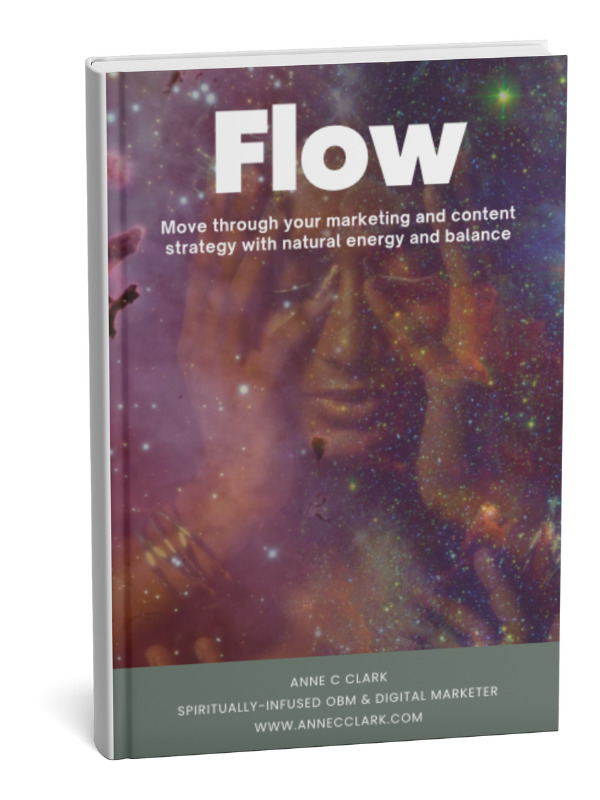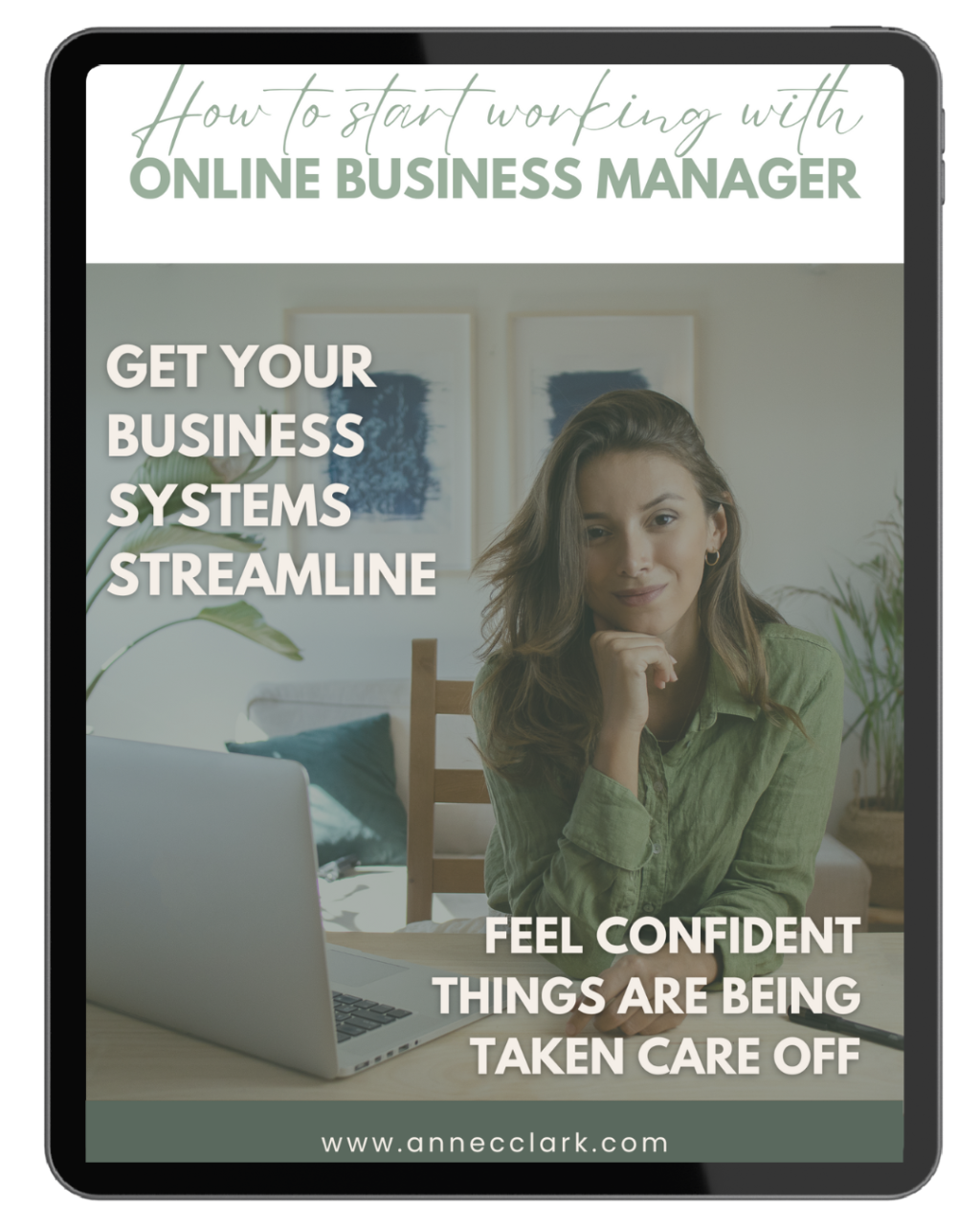
by Anne Clark | Aug 28, 2024 | Business, Digital Marketing
Part 4: Converting Leads into Clients: Strategies and Best Practices
Converting leads into clients requires a strategic approach to move prospects through the final stages of the sales funnel. In this final part of my series, I’ll explore effective strategies to close deals and turn leads into loyal customers.
1. Develop a Follow-Up Strategy
- Structured Plan: Create a clear plan for following up with leads, including the timing and method of contact. For example, follow up with a phone call a week after sending an initial email.
- Multi-Channel Approach: Use a mix of communication channels such as email, phone, and social media to stay in touch with leads and keep your brand top-of-mind.
2. Address Common Objections
- Identify Objections: Anticipate common objections or concerns leads may have and prepare thoughtful responses. For instance, if price is a concern, be ready to discuss the value and ROI of your offering.
- Provide Solutions: Offer solutions or alternatives to address objections and reassure leads. For example, if a lead is hesitant about the cost, offer flexible payment options or a money-back guarantee.
3. Offer Free Consultations or Demos
- Consultations: Schedule free consultations to discuss the lead’s specific needs and demonstrate how your product or service can address them.
- Demos: Provide live or recorded demonstrations of your product to showcase its features and benefits in action.
4. Implement a Lead Scoring System
- Assign Scores: Create a system for scoring leads based on factors such as engagement level, demographic fit, and purchase intent. For example, assign higher scores to leads who have interacted with multiple pieces of content or attended a webinar.
- Prioritise Leads: Focus your efforts on high-scoring leads who are more likely to convert, and tailor your approach based on their score.
5. Create a Sense of Urgency
- Limited-Time Offers: Use time-sensitive promotions or discounts to encourage leads to act quickly. For example, offer a special discount for leads who sign up within the next 48 hours.
- Scarcity Tactics: Highlight limited availability or exclusive access to create a sense of urgency. For instance, “Only 10 spots left for our premium coaching programme!”
6. Analyse and Refine Your Approach
- Review Results: Regularly assess the effectiveness of your conversion strategies by reviewing conversion rates, feedback, and other relevant metrics.
- Continuous Improvement: Make data-driven adjustments to your approach based on insights and trends. For example, if a particular follow-up tactic is not yielding results, experiment with different methods or messaging.
By mastering these effective lead generation techniques, you can attract high-quality leads, nurture them through targeted strategies, and ultimately convert them into satisfied clients. Keep refining your approach and stay tuned for more insights to help your business succeed online.

by Anne Clark | Aug 7, 2024 | Business, Email Marketing
Over the next four articles, I will outline Effective Lead Generation Techniques, including crafting irresistible lead magnets, designing high-converting landing pages, nurturing leads through effective email campaigns, and converting leads into clients – strategies and best practices.
Part 1: Crafting Irresistible Lead Magnets
Lead magnets are essential tools for attracting and capturing potential clients. They offer something of value in exchange for contact information, helping you build a list of engaged leads. This first part of my series will explore creating lead magnets that truly resonate with your target audience.
1. Understand Your Audience’s Pain Points
-
Conduct Research: Use surveys, focus groups, or social media polls to gather insights on what problems or challenges your audience is facing. For example, if you run a business coaching service, find out if your audience struggles with time management or client acquisition.
-
Analyse Competitor Offerings: Review what lead magnets your competitors are using and identify any gaps or opportunities to provide something unique or more valuable.
-
Create Buyer Personas: Develop detailed profiles of your ideal clients, including their demographics, interests, and pain points. Use these personas to tailor your lead magnet to meet their specific needs.
2. Choose the Right Type of Lead Magnet
-
E-books and Guides: Write comprehensive content on a topic your audience finds valuable. For instance, if you offer digital marketing services, create an e-book titled “10 Proven Strategies to Boost Your Online Presence.”
-
Checklists: Design a step-by-step checklist that simplifies a complex task. An example could be “The Ultimate Checklist for a Successful Product Launch.”
-
Templates: Provide downloadable templates that save time and effort, such as “Social Media Post Templates for Small Business Owners.”
-
Webinars and Workshops: Host a live or recorded session on a relevant topic. For example, “How to Build a High-Converting Sales Funnel” could attract leads interested in improving their marketing strategies.
-
Free Trials or Samples: Offer a limited-time trial of your product or service. For instance, a free trial of your software or a sample of your consulting services can give potential clients a taste of what you offer.
3. Design for Value and Appeal
-
Visual Design: Use professional design tools or hire a designer to create a visually appealing lead magnet. Ensure it aligns with your brand’s aesthetics and is easy to navigate.
-
Compelling Headlines: Craft headlines that clearly communicate the benefit of the lead magnet. For example, “Unlock the Secrets to Growing Your Business Online” is more compelling than “Free E-book.”
-
Content Quality: Ensure the content is well-researched, valuable, and actionable. Avoid fluff and focus on providing real solutions or insights.
4. Create a Strong Call-to-Action (CTA)
-
Clear Instructions: Your CTA should guide the user on exactly what to do next, such as “Download Now” or “Sign Up for Free.”
-
Highlight Benefits: Emphasise what the user will gain by taking action. For instance, “Get Instant Access to Proven Strategies for Increasing Your Sales.”
-
Placement: Position your CTA prominently on your landing page or within your content to ensure it catches the user’s eye.
5. Test and Optimise
-
A/B Testing: Create different versions of your lead magnet to test which performs better. For instance, you could test two different e-book titles or formats.
-
Collect Feedback: Ask users for feedback on your lead magnet to understand what they liked or what could be improved.
-
Monitor Performance: Track metrics such as download rates or sign-up conversions to gauge the effectiveness of your lead magnet and make necessary adjustments.
If you need help building your lead magnets, please feel free to reach out and learn more about how I can support you.











